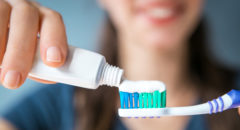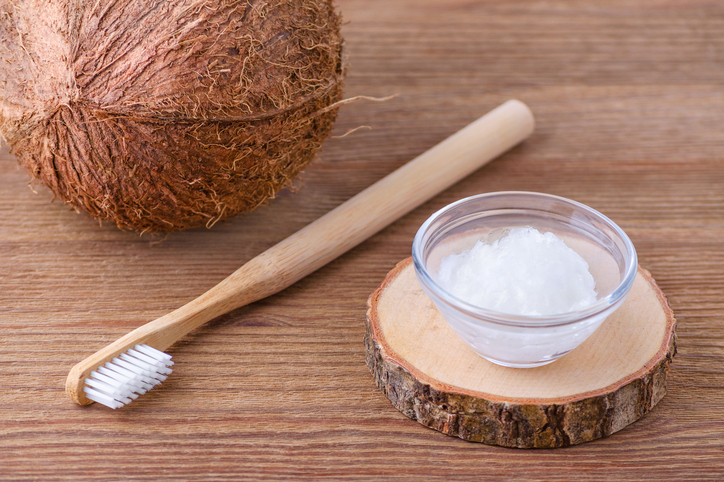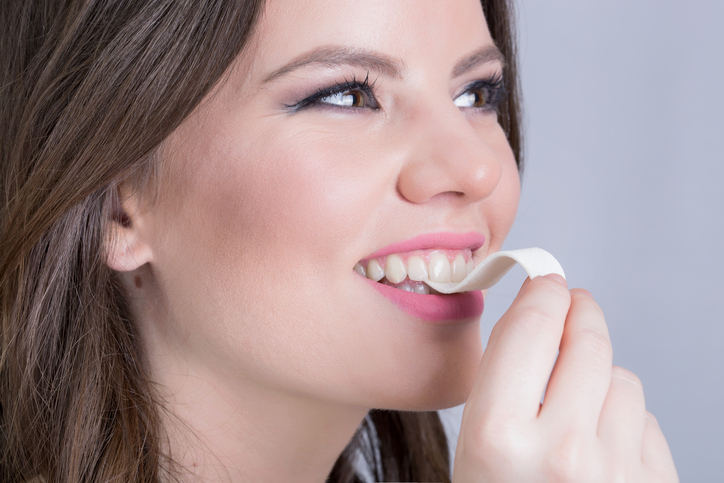Do-it-yourself dental care is often touted as a simple fix: Straighten your own teeth without seeing an orthodontist, and save money. But something as simple as placing a small rubber band around teeth to correct imperfections can carry real consequences.
The American Association of Orthodontists is now reporting a 13 percent spike in patients’ trying DIY braces. The organization recently released a public service announcement warning about the dangers, stating “Do-it-yourself treatments can cause lasting damage.”
“It’s a very dangerous procedure if left unsupervised,” said Chung H. Kau, Ph.D., chair and professor of orthodontics at the University of Alabama at Birmingham School of Dentistry. “It’s not just about straightening teeth; it’s about function, how you bite and how you put your teeth together, and also the disease pattern in your teeth.”
The most common technique is the use of rubber bands to close the spaces between the front teeth. Many people use rubber bands from hairbands, or they can even purchase orthodontic rubber bands online. The rubber band is stretched around two or four teeth, and it will recover its original size, moving the teeth together.






